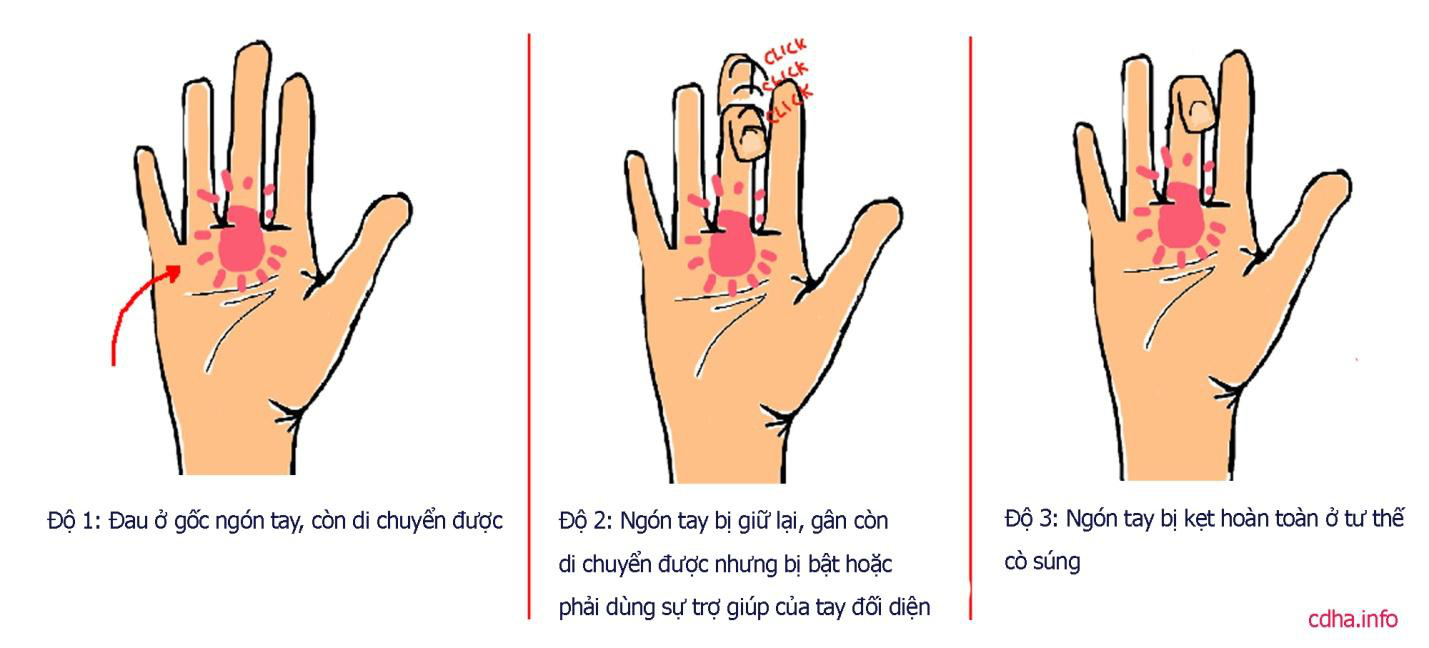
Trigger finger affects daily life and activities - Illustration photo
Many people, after holding an object or tool for too long, experience finger joints that contract, become difficult to straighten, and become sore. According to doctors, if this condition persists, it can lead to trigger finger, making daily activities difficult.
According to Dr. Nguyen Thi Dung, Department of Neurology, Vietnam - Sweden Uong Bi Hospital ( Quang Ninh ), trigger finger is a condition of inflammation of the tendon sheaths of the flexor tendons of the fingers causing narrowing of the tendon sheaths.
When the flexor tendon is inflamed, fibrous nodules may appear, hindering the mobility of the flexor tendon through the fibrous nodules, making it more difficult to bend or extend the finger, or painful. The patient must try to pop the finger out or must use the unaffected hand to pull the finger out as if the finger had a spring.
There are many risk factors that cause trigger finger disease such as occupational diseases. People who use their hands a lot, often do work that puts pressure on the flexor tendons many times such as teachers, barbers, surgeons, craftsmen, typists, chefs...
Or as a result of certain diseases such as diabetes, rheumatoid arthritis, gout, lupus... the risk of flexor tendonitis is higher than normal.
In addition, trauma is also one of the causes of the disease.
Symptoms of the disease may include pain in the palm at the base of the fingers, slight swelling, sharp pain when pressed, increased pain when bending the fingers...
Long-term illness leads to flexor tendon fibrosis, making it difficult to move the fingers. The fingers may be stuck in a bent position in the palm (trigger position) or straight.
When performing an ultrasound at the site of the injury, the flexor tendon may be thickened and surrounded by fluid. The patient will then undergo a blood test to assess the inflammation.
According to Dr. Dung, there are currently many treatment methods such as using anti-inflammatory drugs, pain relievers, local corticosteroid injections, combined with traditional medicine or physical therapy methods, surgical intervention to release the tendon sheath in cases of severe tendon fibrosis.
"In addition, it is necessary to actively prevent trigger finger disease with a reasonable work, rest and living regimen. It can be combined with medication, physical therapy and rehabilitation," Dr. Dung recommended.
Therapeutic exercises to improve finger mobility
Doctors at the 108 Military Central Hospital also recommend non-drug measures such as cold compresses to relieve pain and inflammation. Limit movement of the affected finger. Splints can be used to support the affected finger and keep it straight.
Or you can apply some therapeutic exercises to improve the mobility of your fingers. Stretching exercises are considered simple, easy to do and can bring high efficiency.
- Exercise 1: Bring your fingertips to your thumb to form an O shape. Hold this position for 5 seconds, then straighten your fingers. Repeat this movement 5 times.
- Exercise 2: Place your hand on a flat surface, straighten your fingers, try to open your fingers as wide as possible. Hold this position for 30 seconds.
- Exercise 3: Use a rubber band, put it around your fingertips, try to stretch your fingers, then close them and stretch them out, repeat this movement 5 times.
Source: https://tuoitre.vn/ngon-tay-gap-kho-duoi-co-nguy-hiem-khong-20240922135645793.htm












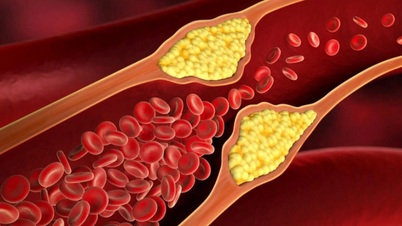
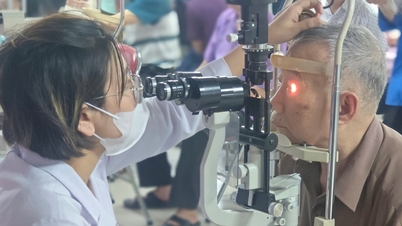
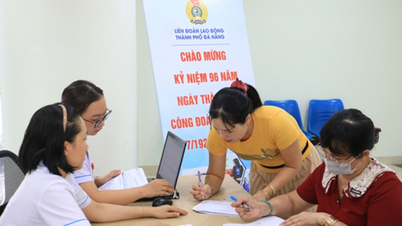



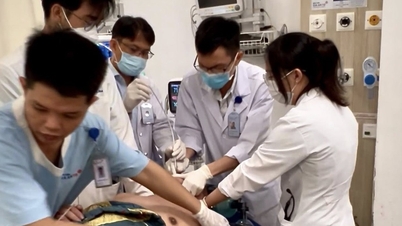






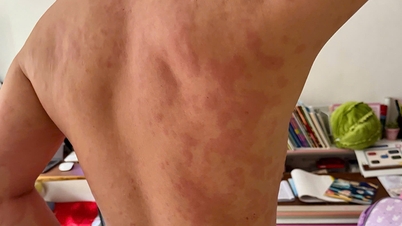




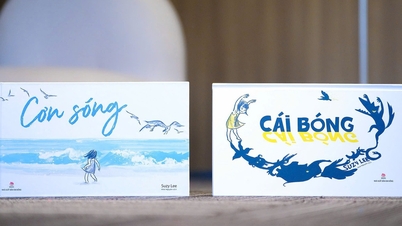









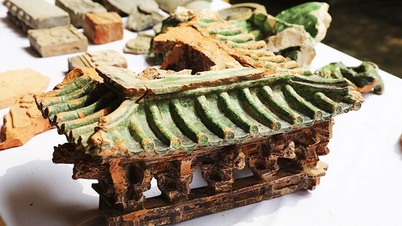







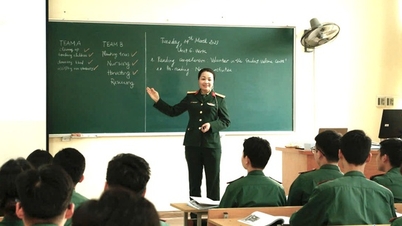

































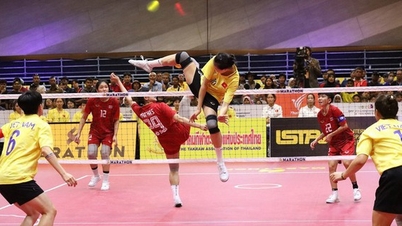









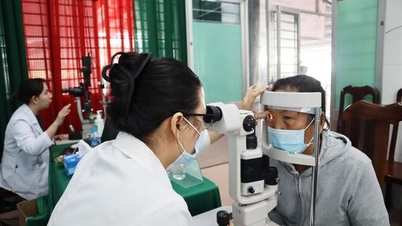
















Comment (0)